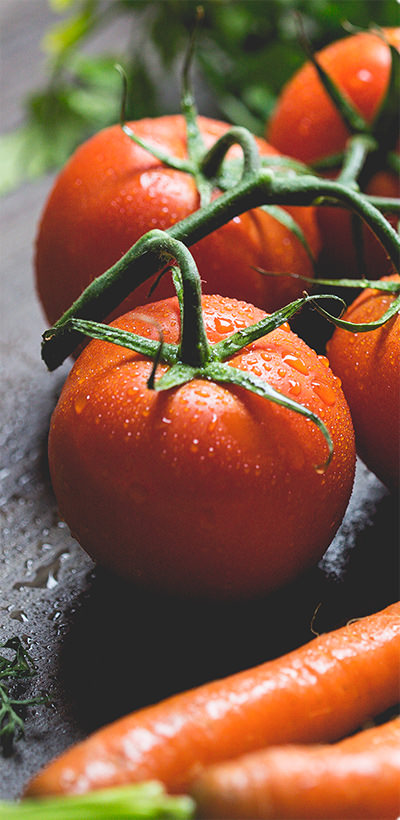Viking Aronia Berry
Aronia melanocarpa. Poised to become the next superfood of our time, these small black berries are extremely high in antioxidants with 58% more antioxidant content than blueberries and 90% more than cranberries. They are versatile enough for use in endless possibilities such as fresh eating, baking, jam, juice and wine. And, as an added bonus, the shrubs are very easy to grow in almost any condition, tough and disease resistant!
A self-fertile variety favoured by commercial growers for its high yield of extra large (1/2") fruit on robust, 8 foot shrubs. The berries of ‘Viking’ are a uniform size and absolutely bursting with flavour. Height 8'. We ship 8" plants in a 3.5" pot.
Spring Planting: this product will be shipped late April through May according to hardiness zone.
Scroll down for more details and growing information.
Sold as: Pkg of 1
| Qty | Desc | Price |
|---|---|---|
| 1 | Pkg of 1 | $ 44.95 / pkg |
| 2 | Pkg of 1 | $ 38.20 / pkg |
| 4+ | Pkg of 1 | $ 33.70 / pkg |

Details
Growing Information
Important! Upon Arrival:
Keep moist and cool. Fruits and berries are shipped in dormant form so they can be transplanted out once the soil can be worked in the spring. Light frosts will not damage the plants as they are in the resting stage. If you are unable to plant immediately, the plants can be stored for a short period of time. This should be a dark, cool (but not freezing) location such as an unheated garage, fridge or a cold cellar. Ideally they would be stored as close to 2°C or 35°F as possible. They should also be kept moist, but not wet, until they are planted.
Planting:
Aronia can tolerate a wide range of soils including wet or clay soils, however they grow the best in average, medium moisture, well-drained soils in full sun to part shade, ideally a minimum of 4 hours of sunlight a day. Best fruit production usually occurs in full sun. Remove root suckers to prevent colonial spread unless desired.
Once you’ve chosen your planting site, dig a hole twice as wide as the root ball of the plant, as well as slightly deeper. Remove the plant from its container and place into the hole, gently teasing out the roots if you find the plant to be root bound. Before backfilling try to ensure that the ground surface is level with the plant’s soil line – burying the plant too deep will eventually girdle it. Backfill with topsoil only and gently tamp down with your foot around the root ball to remove air pockets.
For best results, add a 2-3” layer of mulch around the base of the plant, being careful to not allow the mulch to touch the plant itself as this will girdle the plant over time. A 1-2” space between the mulch and the plant is sufficient. The mulch will keep the soil moist while suppressing weeds. Water well after planting.
Orchard Aftercare:
We cannot stress enough the importance of grass and weed control on young trees and berry plants. Grass can rob young plants of nutrients as they struggle to become established and grow. Also, berry roots are prevented from moving into soil that is controlled by grass roots. Plants are stunted by the competition and the results are apparent for several years, if not longer.
Prevent this from happening by following these instructions:
Mulch offers such a great advantage that it would be a mistake not to use it with your orchard and berry plants. In addition to enhancing the structure of the soil and providing fertility as it rots, it suppresses weeds and grasses that steal soil nutrients, prevents erosion from wind and rain, keeps soil cooler, helps delay spring bloom in cold climates, and helps retain soil moisture. It also encourages earthworms along with other soil organisms and protects against rapid freezing and thawing of the ground.
Spread a 2-3” minimum thick layer of wood mulch in a 1-2 foot radius around the berry plant annually in the spring. Spoiled hay, leaf mould, shredded bark, composted manure etc. are great alternatives to wood mulch.
Avoid mounding it up against the trunk, as it attracts rodents and the trunk area beneath the mulch remains too moist, rotting the trunk’s bark.
Fertilization is unnecessary with Aronia berries because as native plants they will thrive with very little maintenance or supplemental nutrition.



